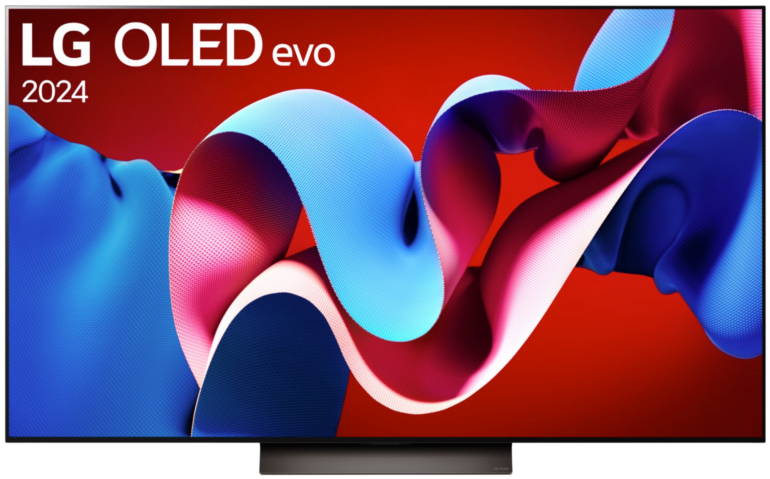LG NANO85 vs NANO90 TV comparison 2021/11

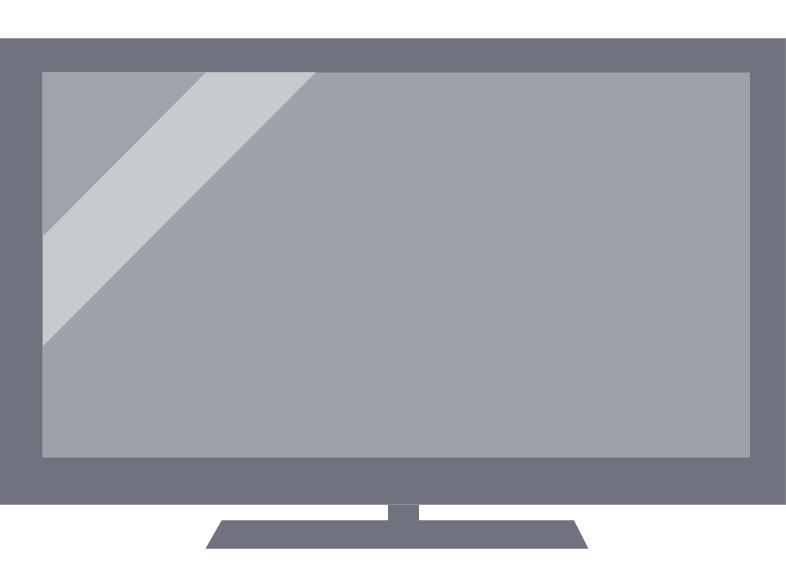
Hey! If you buy through our links, you support our project. It won't cost you a cent more! Many thanks in advance! ♥️
LG NANO85 and NANO90 compared – Which TV is better?
Detailed comparison: LG NANO85 or NANO90

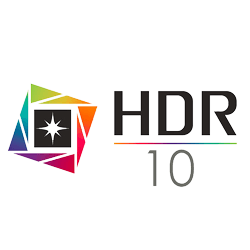

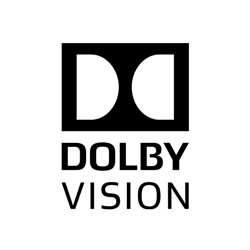






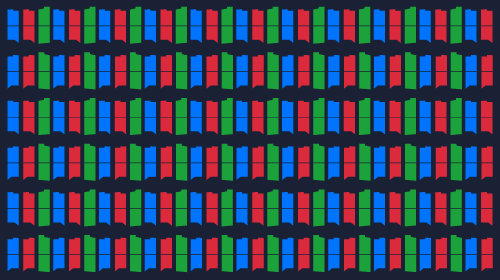


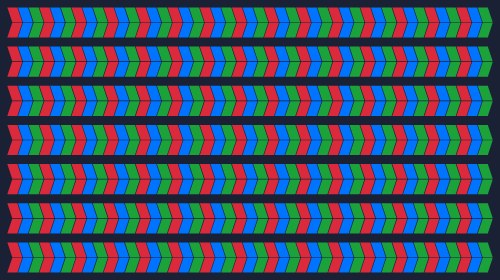






















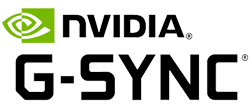




integriert

integriert


integriert

integriert
Our conclusion:Similar performance, just a little bit better in most respects
The NANO85 and NANO90 are very similar due to the IPSIn-Plane Switching, type of LCD Panel panel used. Both have a wide viewing angle and can deliver their best picture quality in brighter rooms. In dark rooms, however, the performance is rather mediocre, even though the NANO90 is somewhat superior here. Due to full array local dimming and higher brightness, it has a better picture quality, which is probably the most important argument for the NANO90. In terms of motion handling and gaming performance, both are similarly well positioned – including the HDMI 2.1 interface and the 120Hz panel. The bottom line is that the NANO90 is clearly the better TV, which is worth the extra price. But if you are looking for an entry-level TV for next gen gaming with a wide viewing angle, which is mainly used in brighter rooms, you cannot do wrong with the cheaper NANO86, because both Playstation 5 and Xbox Series X can take it to the max – at least when it comes to SDRStandard Dynamic Range – image/video with a conventional gamma curve (opposite: HDR) – “normal” videos gaming.

- 120 Hz IPS panel
- Input Lag <15 ms
- Viewing angle
- Full Array Local Dimming
- Reflection handling
- Dolby Vision & Atmos
- HDMI 2.1
- Black levels
- Contrast ratio 1680:1
- Dirty Screen Effect
